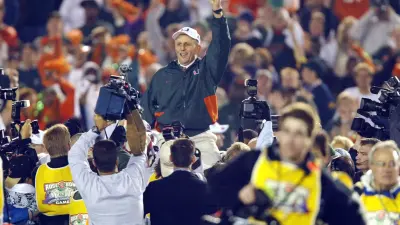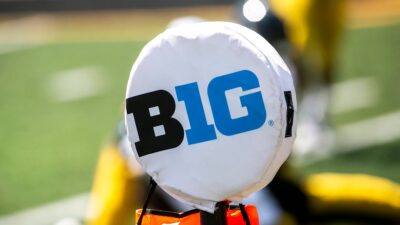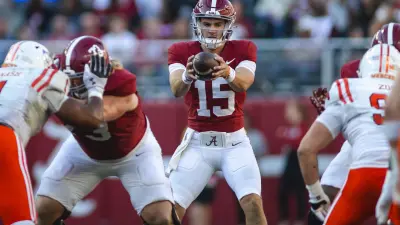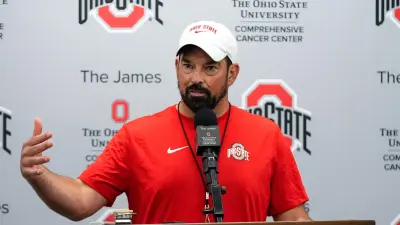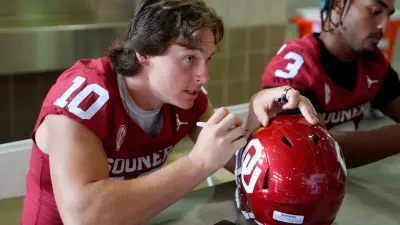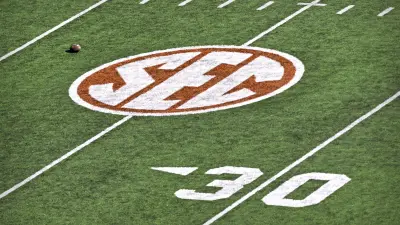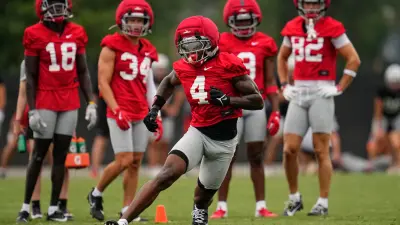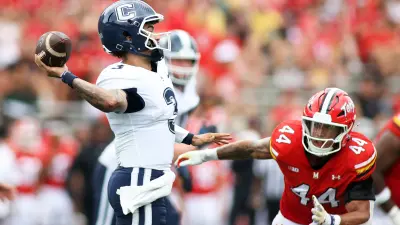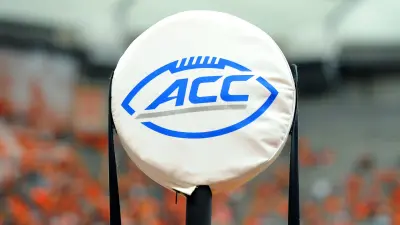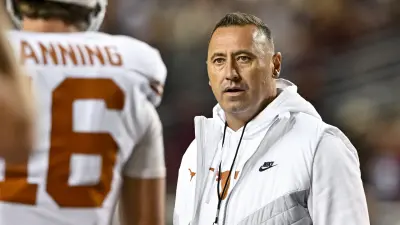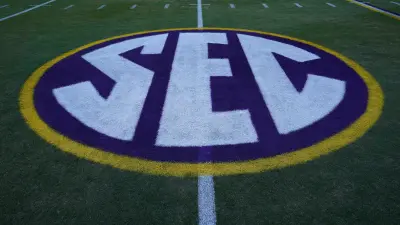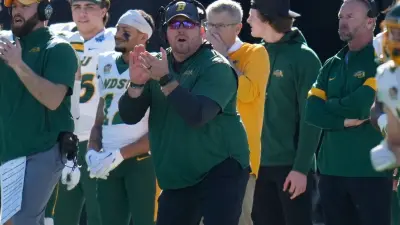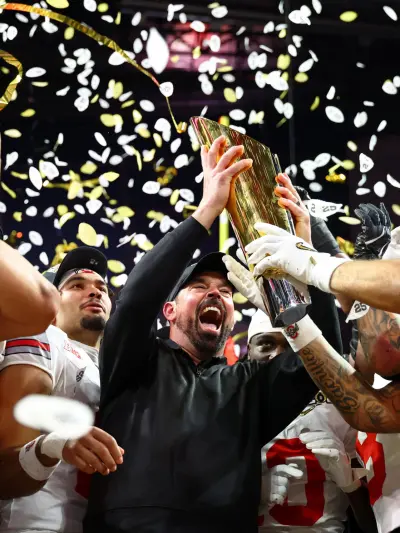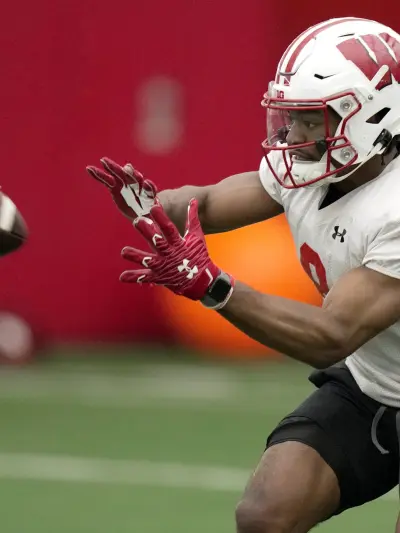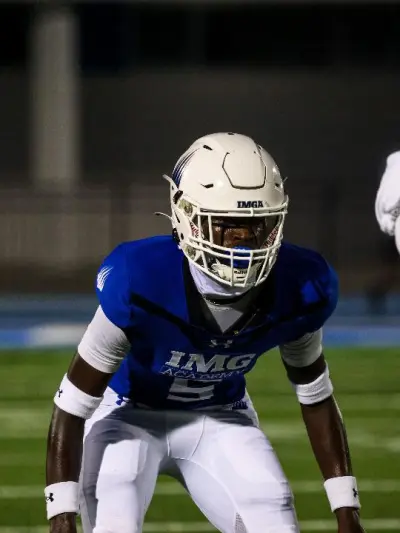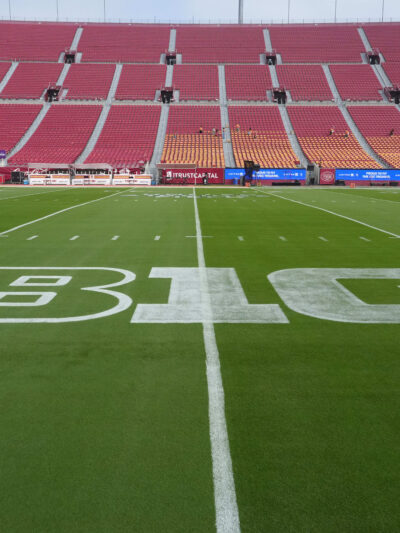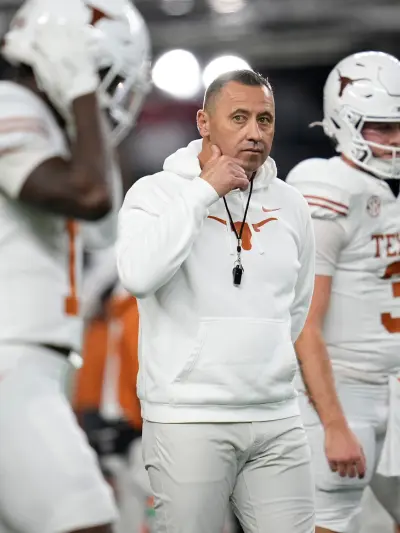By Rock Westfall
College football fans would be surprised to see some powerful names and historic brands that have not enjoyed a 10-win season for several years. Most shocking is that the Nebraska Cornhuskers and Texas A&M Aggies are in the embarrassing class of schools that have not posted a 10-win season for at least 11 years. The UCLA Bruins, Auburn Tigers, and Stanford Cardinal are past big winners who have not posted a double-digit season for at least six years. Meanwhile, the Miami Hurricanes have not posted a 10-win campaign in five years.
A combination of poor administrative leadership, conference realignment, and inability to adjust to the world of NIL and the transfer portal are key reasons for historical changes at these former national powers.
https://twitter.com/CFBRep/status/1794553963557044325
Texas A&M – The Ultimate Wannabe Who Never Was
It isn’t easy to fathom why the Texas A&M Aggies have not had a 10-win season since 2012 and have only two such campaigns since 1995. Texas A&M has one of the most passionate and devoted fan bases in college football. Their donor class prints money, and the program wants for nothing. College Station is located in the fertile recruiting territory of East Texas, near Houston. But Texas A&M continues to come up short.
The last period of sustained success for the Aggies was 1991-94, when they posted four consecutive double-digit win seasons as members of the now-dissolved Southwest Conference. Therein lies the key reason for the Aggies’ dry spell. Texas A&M’s fall began when it moved to the Big 12 Conference and has continued in the SEC. Like its former SWC rival Arkansas, Texas A&M has not been an effective program since it left that renegade conference and found final refuge in the man-eating SEC.
https://twitter.com/TheBenPeck/status/1743163652851610048
More Sports News
No Big Red
Bo Pelini led the Nebraska Cornhuskers to a 10-2 season in 2012. It was the third time in the previous four campaigns that Nebraska reached such heights. Since then, Nebraska has not been able to reach the 10-win benchmark.
Of course, before there was Alabama, there was Nebraska. The Cornhuskers won five national championships from 1970-1997, with several near misses in that span. From 1963 through 2001, Nebraska finished in the final AP Top-10 poll 28 times. The Big Red was long hailed for its consistent excellence.
When the SWC folded with four of its top programs merging into the Big Eight in 1996, the tide began to change for Nebraska. The SWC schools demanded that Prop 48 partial academic qualifiers be banned from the Big 12. Nebraska was notorious for turning such academically challenged kids into college graduates through its football program. Legendary Hall of Fame coach Tom Osborne warned that this change would be a significant challenge for Nebraska to overcome and that things would not be the same. He retired a year later.
But Nebraska also did much to destroy itself. Osborne’s successor, Frank Solich, who began his Big Red career as a player in the early 1960s and later served as Osborne’s top assistant, took over. After going 9-3 in his sixth season and posting three double-digit win campaigns with three Top-8 or better final AP rankings, Solich was fired. Pelini rallied the program a bit and never won less than nine games, yet he was fired after going 9-4 in 2014.
Nebraska forsook its winning formula and decades-long relationships to become a floundering program. The move to the Big Ten has been a more difficult challenge than expected. However, current coach Matt Rhule seems to have the program finally poised for a turnaround.
https://twitter.com/GopherHole/status/1563621645708718081
War Eagle Surrender
The Auburn Tigers have been an erratic program since Pat Dye retired in 1992. Since 1994, Auburn has only had six 10-win seasons. War Eagle has only had one double-digit win season (2017) in the past ten campaigns.
A revolving door of coaches and overly meddlesome booster factions have been the biggest problem at Auburn. So, too, did Nick Saban’s Alabama dynasty damage the brand, turning Auburn into its little brother.
The SEC has never been stronger, top to bottom, than in the past decade. The old days of only a few SEC powers are over, and Auburn is paying the price. But there is hope that with Saban’s retirement, better days are ahead on the plains with innovative coach Hugh Freeze.
https://twitter.com/LAmobslugger/status/1748434156789338137
Apathy Bruin in Westwood and Stanford
Once upon a time, the UCLA Bruins were a strong football program. They were regular (Pac-10) Conference champions and Rose Bowl participants. But since going 10-2 in 1997 and 1998, the UCLA program has steadily declined, with only two 10-win campaigns.
UCLA has nobody but itself to blame, with its emphasis on Olympic sports rather than being football-centric. The program has consistently struggled to find itself at a national power level. And when Jim Mora Jr. led the Bruins to 10-win seasons in 2013 and 2014, the Bruins failed to capitalize on an opportunity to invest and generate momentum.
UCLA lacks the passion and commitment to field a championship football program. Its athletic department is broke, forcing a move to the more lucrative but odd-fitting Big Ten in 2024. UCLA doesn’t care about college football. Thus, it doesn’t win at it.
Stanford equals UCLA’s haughtiness towards the sport. After posting six 10-win seasons from 2010-2016, it has fallen off the map. Stanford was previously ineffective at the transfer portal because of its cumbersome admissions process. Its fans were always fickle, even in good times, and rarely filled one of the most beautiful venues in the sport. Like UCLA, Stanford emphasizes all sports instead of focusing on football first. Thus, they are coming off five consecutive campaigns of four wins or less.
In 2024, Stanford will join the ACC in a desperate move to gain cash and relevance after the implosion of the Pac-12 Conference. Of great concern is that the ACC may soon collapse or radically reform.
https://twitter.com/Lifetime_Card/status/1753163840395563244
Where Are U?
The Miami Hurricanes won five national championships from 1993 through 2001, becoming a national brand and one of the most prominent programs in the sport. However, since 2004, The U has only had one 10-win season.
Larry Coker was the last man to lead Miami to a natty but is also the man blamed for its decline. Coker inherited a powerhouse from his predecessor, Butch Davis, who was a recruiting machine. After winning his first 24 games, Coker oversaw a fall that ended with his firing after a 7-6 record in 2006.
Since then, Miami has gone through a revolving door of head coaches. A lack of institutional commitment and investment were equally to blame with Coker. Also problematic was a move from the weak Big East to the more challenging ACC in 2004.
Miami’s favorite son, Mario Cristobal, was lured to The U to save the program. An increase in funding was part of the deal to land the former Oregon head coach, Miami player, and assistant. Like Davis, Cristobal is a recruiting master. But after two years, the results remain lacking.
Miami and the rest of these former powers have learned that change is the one constant of college football and that programs must intelligently adapt or die.
